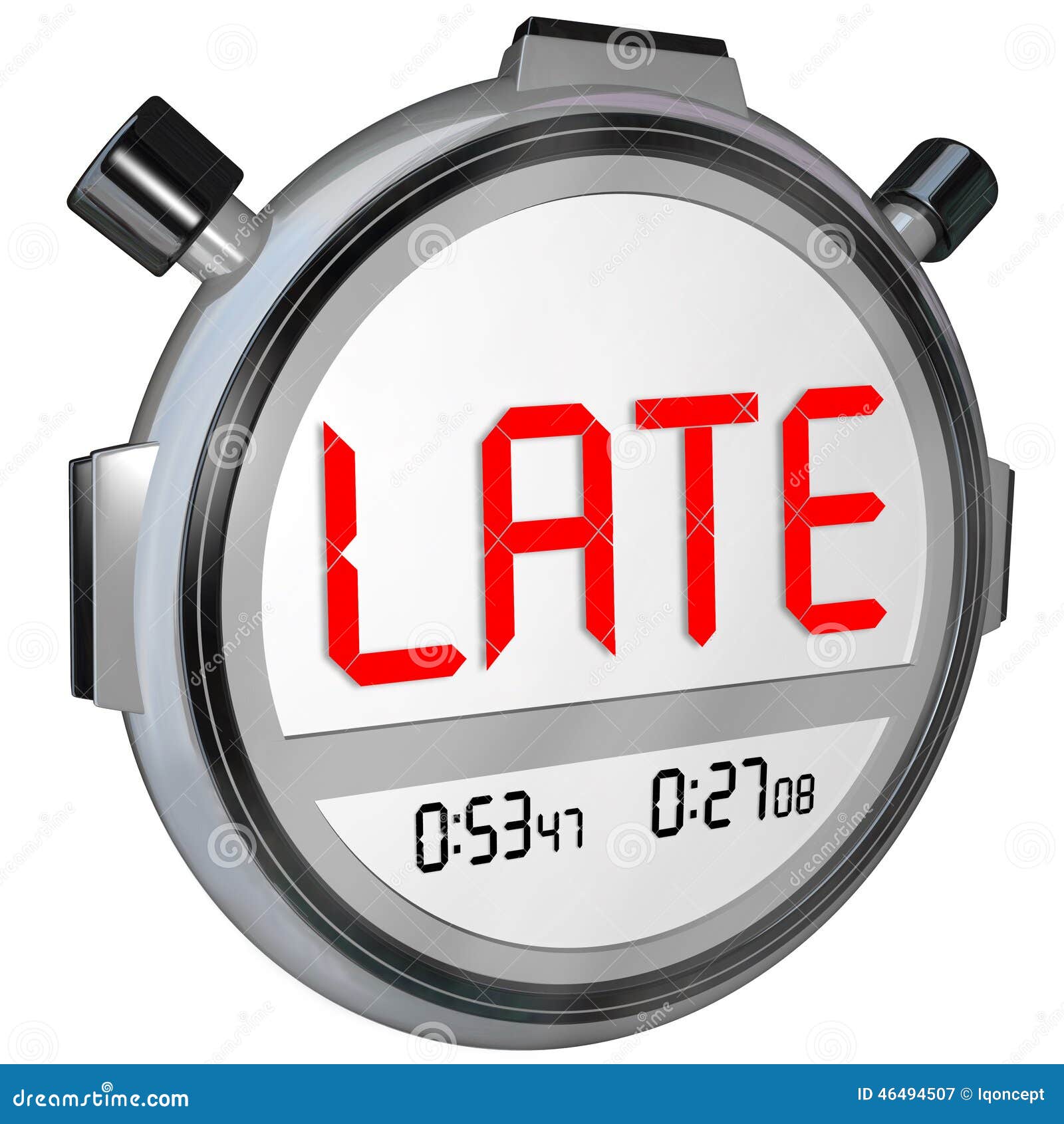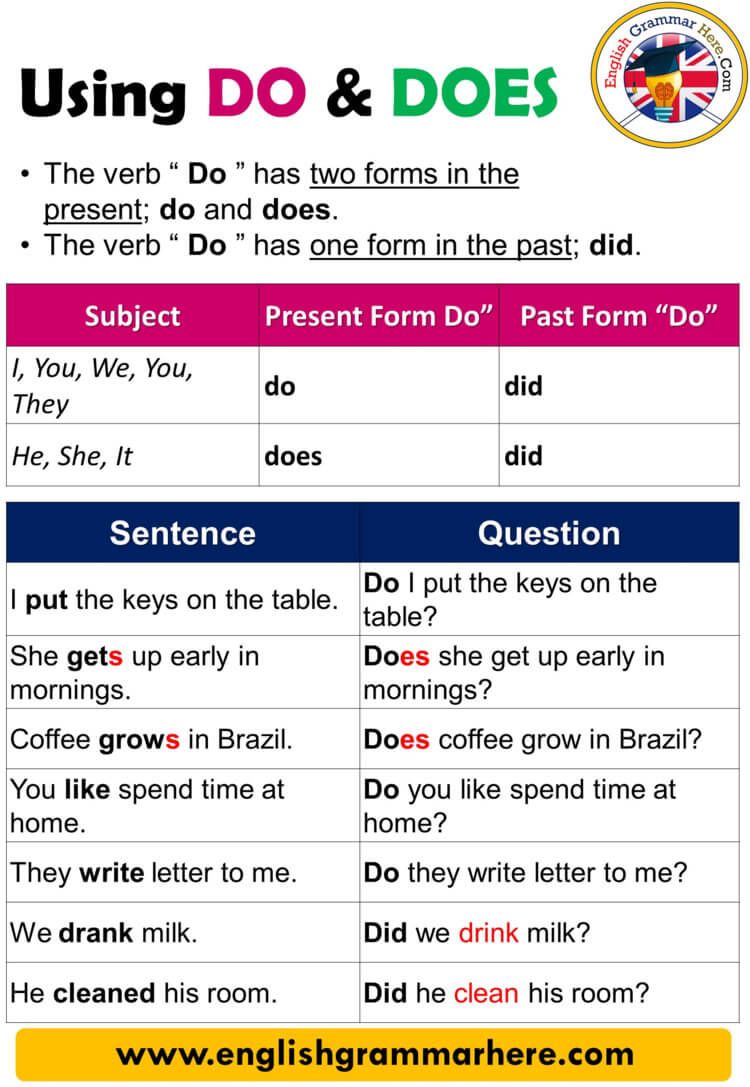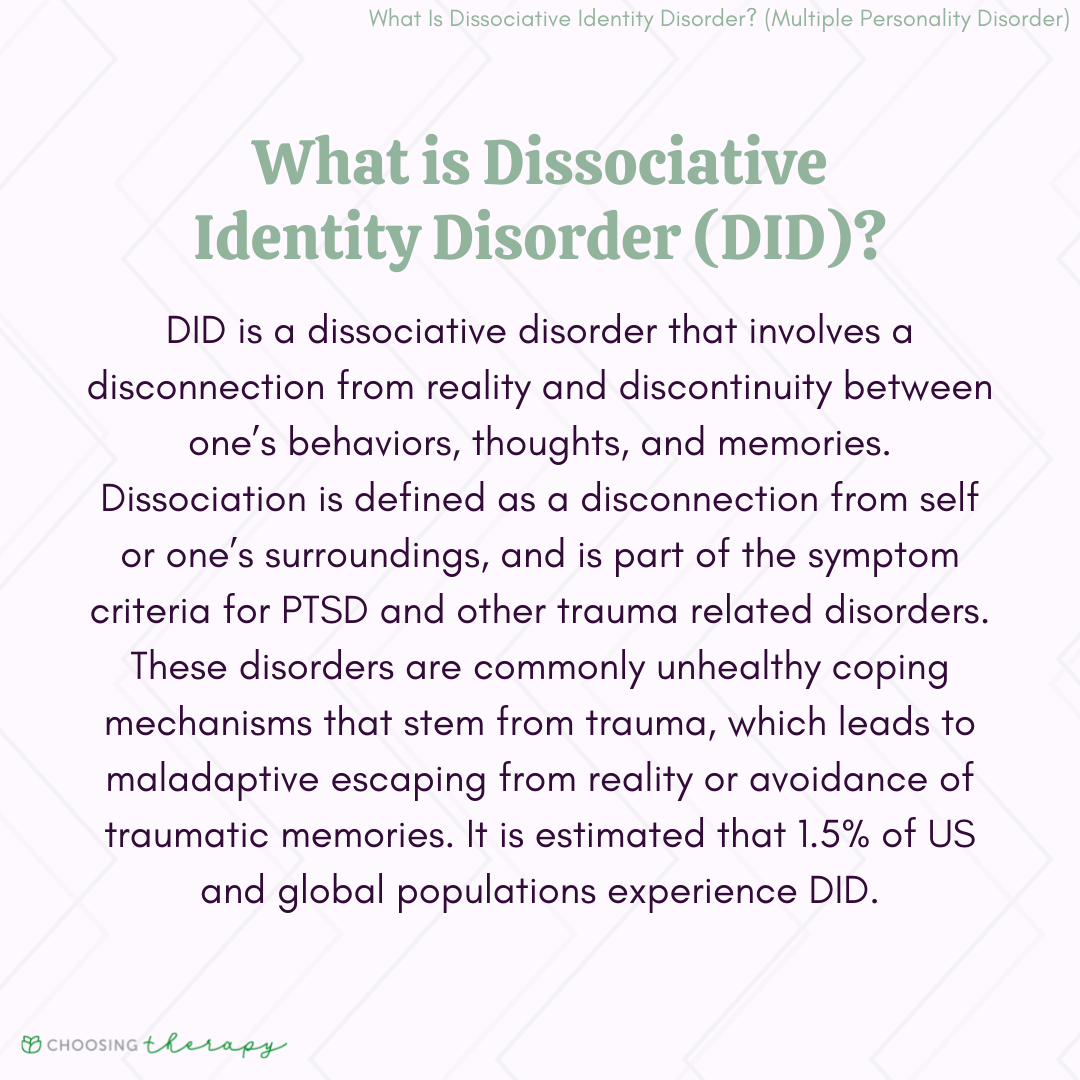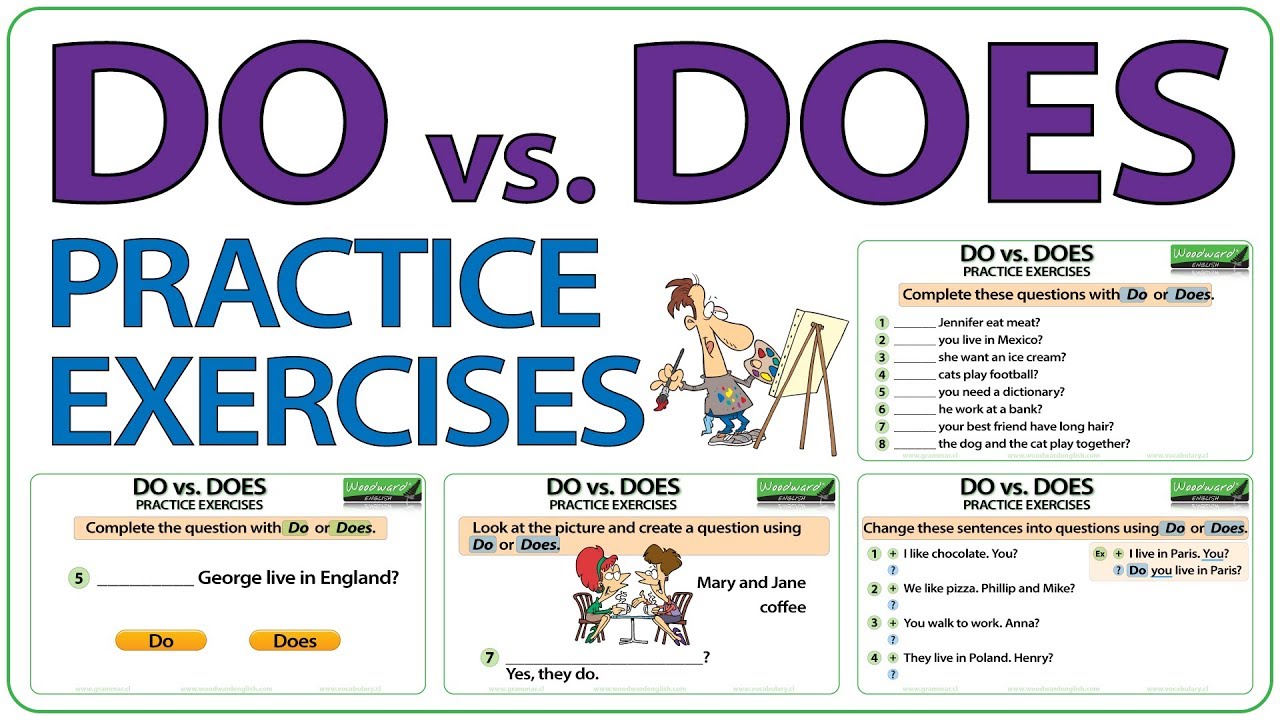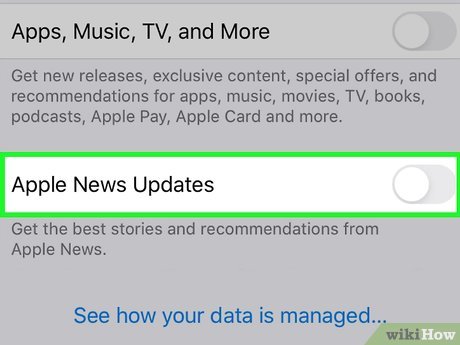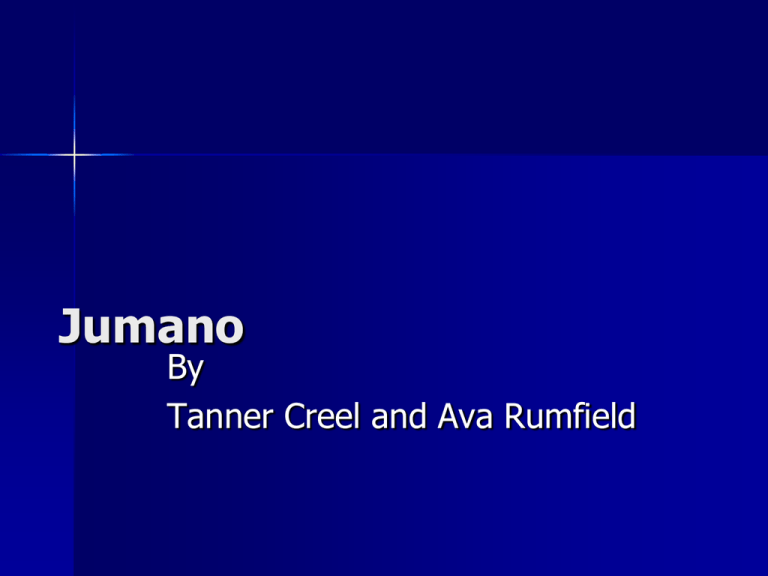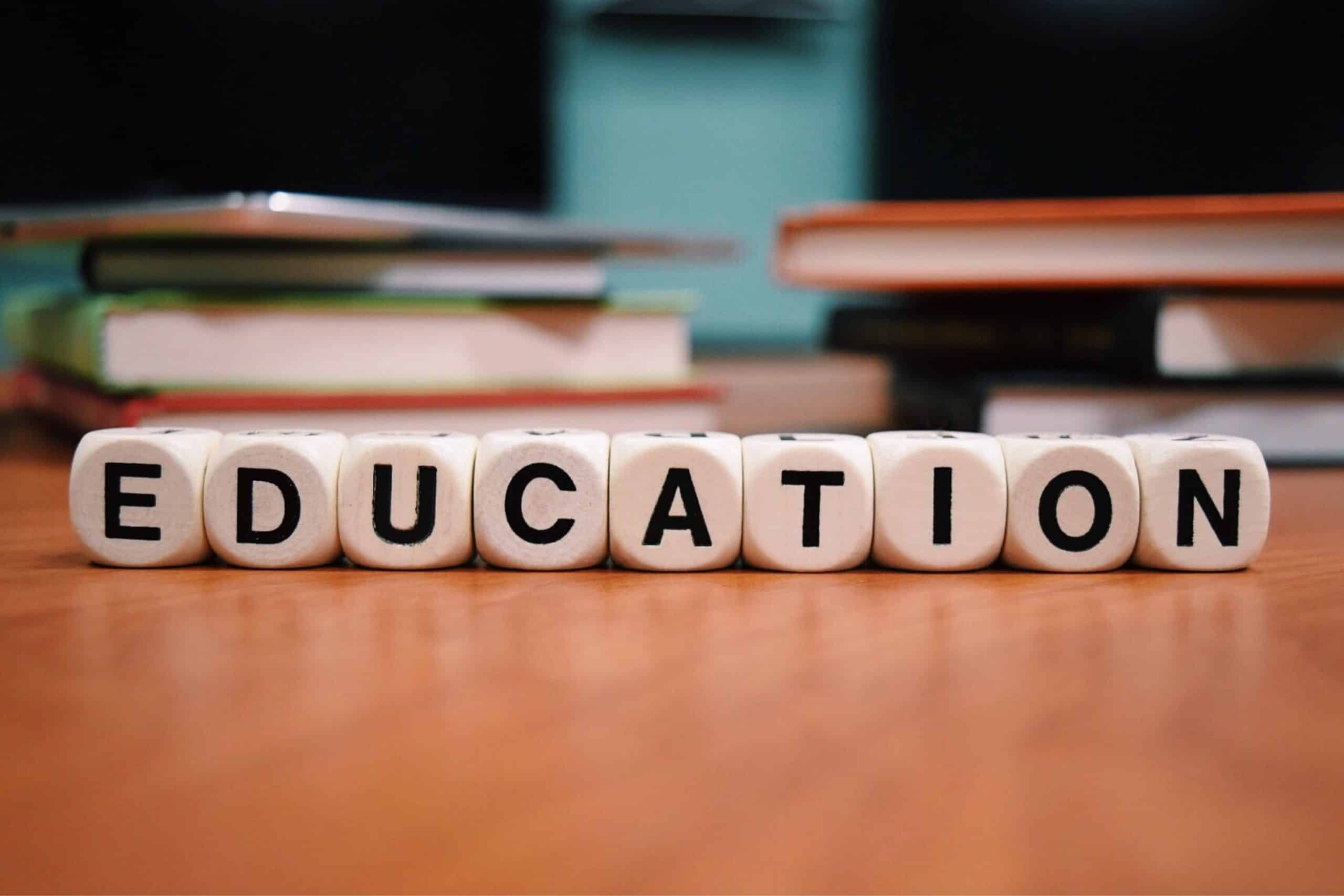Assistive Technology for Hearing Disabilities: Enabling Access to Narration
Understanding hearing disabilities and narration challenges
Hearing disabilities affect millions of people worldwide, range from mild hearing loss to profound deafness. For these individuals, access narrated content — whether in educational settings, entertainment, or daily communication — present significant challenges. Luckily, technological advancements have created numerous solutions that enable people with hear disabilities to engage with narrated content efficaciously.
These technologies work through different approaches: convert audio to visual or tactile information, enhance exist audio, or provide alternative ways to experience content that would typically rely on hear. The right solution depends on the individual’s specific hearing condition, preferences, and the context in which they need to access narration.
Text base solutions
Captioning and subtitling technology
Closed captioning and subtitle represent some of the well-nigh wide use accessibility tools for people with hear disabilities. These technologies convert speak narration into text that appear on-screen.
Real time captioning services use either human transcriptionists or automate speech recognition (aASR)software to provide immediate text versions of speak content. Modern asASRechnology has imimprovedramatically, with accuracy rates approach 95 % in optimal conditions.
Platforms like YouTube, Netflix, and most video conferencing tools directly offer automatic captioning features. For more specialized needs, services like otter.ai, google live transcribe, and Microsoft translator provide sophisticated real time transcription.
Speech to text applications
Beyond formal captioning, numerous mobile applications and software programs can convert speech to text in various situations:
- Live transcribe (android )capture speech from the environment and display it on a smartphone screen
- Ava provide group conversation transcription, identify different speakers
- Otter.ai offer AI power transcription with speaker identification and keyword highlighting
- Microsoft’s translator can transcribe and translate speak content in real time
These applications work by use the device’s microphone to capture audio, process it through speech recognition algorithms, and display the result text on screen — wholly within seconds.
Visual representation technologies
Sign language interpretation
For narrated content that need to be accessible to sign language users, several technologies facilitate sign language interpretation:
- Video remote interpreting (vVRI)services connect users with live sign language interpreters through video calls
- Avatar base sign language generators like signal and ssign timeconvert text to animate sign language
- Sign glasses project sign language interpretation onto smart glasses, allow users to view both the interpreter and the main content simultaneously
These technologies are specially valuable for live events, educational settings, and situations where read captions might be difficult or impractical.
Visual cue systems
Visual notification systems convert audio cues and narration elements into visual signals:
- Light base alert systems flash when important audio occur
- Visual equalizers and waveform displays show audio patterns visually
- Color code systems indicate different speakers or sound types
These systems help users identify when narration is occurred and can provide contextual information about the audio content without require the user to hear it.
Tactile and haptic technologies
Vibration base systems
Haptic technology converts audio information into tactile sensations, typically through vibration patterns:
- Wearable devices like the neosensory buzz wristband translate sound into vibration patterns on the skin
- The subpar is a wearable audio system that convert low frequency sound into tactile vibrations
- Haptic feedback vests provide full body sensations correspond to audio elements
These technologies allow users to physically feel narration elements, provide a dimension of information beyond visual cues unique. The sensations can convey rhythm, intensity, and eventide emotional qualities of narration.
Braille displays for deaf blind users
For individuals with both hearing and visual impairments, refreshable braille displays convert text (which may have been convert from audio )into tactile braille characters:
- Devices like the braille sense and focus blue connect to computers or smartphones to display text as braille
- Some systems combine speech recognition with braille output for real time conversion of narration
These sophisticated devices provide access to narrated content for those who can not rely on either hearing or vision, open up possibilities for communication that would differently be inaccessible.
Hear enhancement technologies
Hear aids and cochlear implants
For individuals with partial hearing loss, hear enhancement devices can make narration accessible:
- Modern digital hearing aids offer features like directional microphones, noise cancellation, and frequency adjustment specifically design to enhance speech clarity
- Cochlear implants bypass damage portions of the ear to direct stimulate the auditory nerve, provide sound signals to the brain
- Many current models connect wirelessly to audio sources for direct sound transmission
The latest generation of these devices oft include Bluetooth connectivity, allow direct streaming from phones, computers, and other audio sources without environmental interference.
Assistive listening devices
Assistive listening devices (aAIDS)help separate narration from background noise:
- Fm systems transmit audio direct from a source (like a speaker’s microphone )to a receiver wear by the user
- Infrared systems work likewise but use infrared light waves alternatively of radio signals
- Induction loop systems create a magnetic field that can be picked up by hear aids wittelecomil functionality
- Personal amplifiers boost sound for specific situations
These systems are especially effective in noisy environments or large venues where distance from the sound source would differently make understand narration difficult.
Smart technology integration
Ai power sound processing
Artificial intelligence is revolutionized accessibility through sophisticated sound processing:
- Noise isolation algorithms can separate speech from background noise with unprecedented accuracy
- Speaker identification technology can distinguish between different voices in multi person scenarios
- Contextual AI can fill in miss words base on conversation context
- Emotion recognition algorithms can identify emotional tones in speech, add another layer of understand
These AI systems continue to improve through machine learning, become more accurate and responsive with each interaction.
Smart home integration
Smart home technology offer integrate solutions for access narrated content:

Source: vocovision.com
- Visual alerts on smart displays can show when someone is spoken
- Smart lighting systems can flash or change color in response to audio cues
- Connected devices can provide synchronize captions across multiple screens
- Voice assistants with visual displays offer text responses to voice commands
These integrate systems create an accessible environment where narration from various sources can be make available through multiple sensory channels.
Specialized technologies for specific settings
Educational environments
In educational settings, specialized technologies help students with hearing disabilities access lectures and instructional content:
- Note take assistive technology like live scribesmartenn record audio while the user take notes, allow later review with synchronize playback
- Classroom transcription services provide real time text of lectures
- Interactive whiteboards can display captions alongside visual content
- Recording systems with automatic transcription allow students to review lectures with text accompaniment
These tools ensure that students with hearing disabilities have equal access to educational narration, support their learning alongside their peers.
Entertainment and media access
For entertainment purposes, several technologies make narrated content accessible:
- Closed captioning devices for movie theaters display text on personal screens without affect other viewers
- Caption glasses show subtitles that appear to float in front of the movie screen
- Stream services with customizable captions allow users to adjust text size, color, and position
- Audio description feature narrate visual scenes for those who are both deaf and blind
These technologies ensure that entertainment remain accessible, allow people with hear disabilities to enjoy movies, television, and other media alongside friends and family.
Mobile and wearable solutions
Smartphone applications
Smartphones serve as powerful accessibility tools through specialized applications:
- Sound alert apps notify users of important sounds like doorbells, alarms, or cry babies
- Video relay service (vVRS)apps connect users with sign language interpreters via video call
- Caption reading apps can scan print text and read it loud or convert it to sign language
- Sound amplification apps use the phone’s microphone to enhance specific frequencies
The ubiquity of smartphones make these solutions peculiarly accessible, as many people already carry these devices throughout their day.
Wearable technology
Wearable devices offer discreet, portable solutions for access narrated content:
- Smartwatches can display transcribed text from conversations or media
- Bone conduction headphones transmit sound through vibrations in the skull, bypass the outer and middle ear
- Smart glasses can display captions within the user’s field of vision
- Wearable microphones with noise cancellation enhance speech recognition accuracy
These wearable solutions integrate accessibility seamlessly into daily life, provide support without draw attention or require users to carry additional devices.
Future developments in accessibility technology
The landscape of accessibility technology continue to evolve apace, with several promising developments on the horizon:
- Brain computer interfaces may finally allow direct neural processing of audio information
- Advanced haptic systems could create more nuanced tactile representations of sound
- Augmented reality overlays could provide contextual information about speakers and sound in the environment
- Improved AI will make real time translation between spoken language and will sign language progressively accurate
These emerge technologies promise to far bridge the gap between auditory information and accessible alternatives, create more inclusive experiences for people with hear disabilities.
Choose the right technology
With hence many options available, select the appropriate technology depend on several factors:
- The degree and type of hear loss
- Personal communication preferences (text, sign language, enhance audio, etc. )
- The specific context where narration access is needed
- Technical comfort level and learn curve considerations
- Compatibility with exist devices and systems
- Budget constraints and insurance coverage
Many individuals benefit from use multiple technologies in different situations, create a personalized accessibility ecosystem that address their specific needs across various contexts.

Source: listentech.com
Conclusion
Technology has transformed the landscape of accessibility for people with hear disabilities, provide numerous pathways to access narrated content. From text base solutions like captioning to sophisticated haptic systems that convert sound to touch, these technologies create bridges between auditory information and alternative sensory channels.
As these technologies continue to advance, they become more accurate, more intuitive, and more seamlessly integrate into everyday devices and environments. This progress represents not equitable technical achievement but social progress toward a more inclusive world where disability present fewer barriers to full participation.
For individuals with hearing disabilities, these technologies offer not equitable practical solutions but expand opportunities for education, entertainment, communication, and connection. By convert narration into accessible formats, they ensure that stories, information, and human connection remain available to everyone, irrespective of hear ability.
MORE FROM oncecoupon.com

